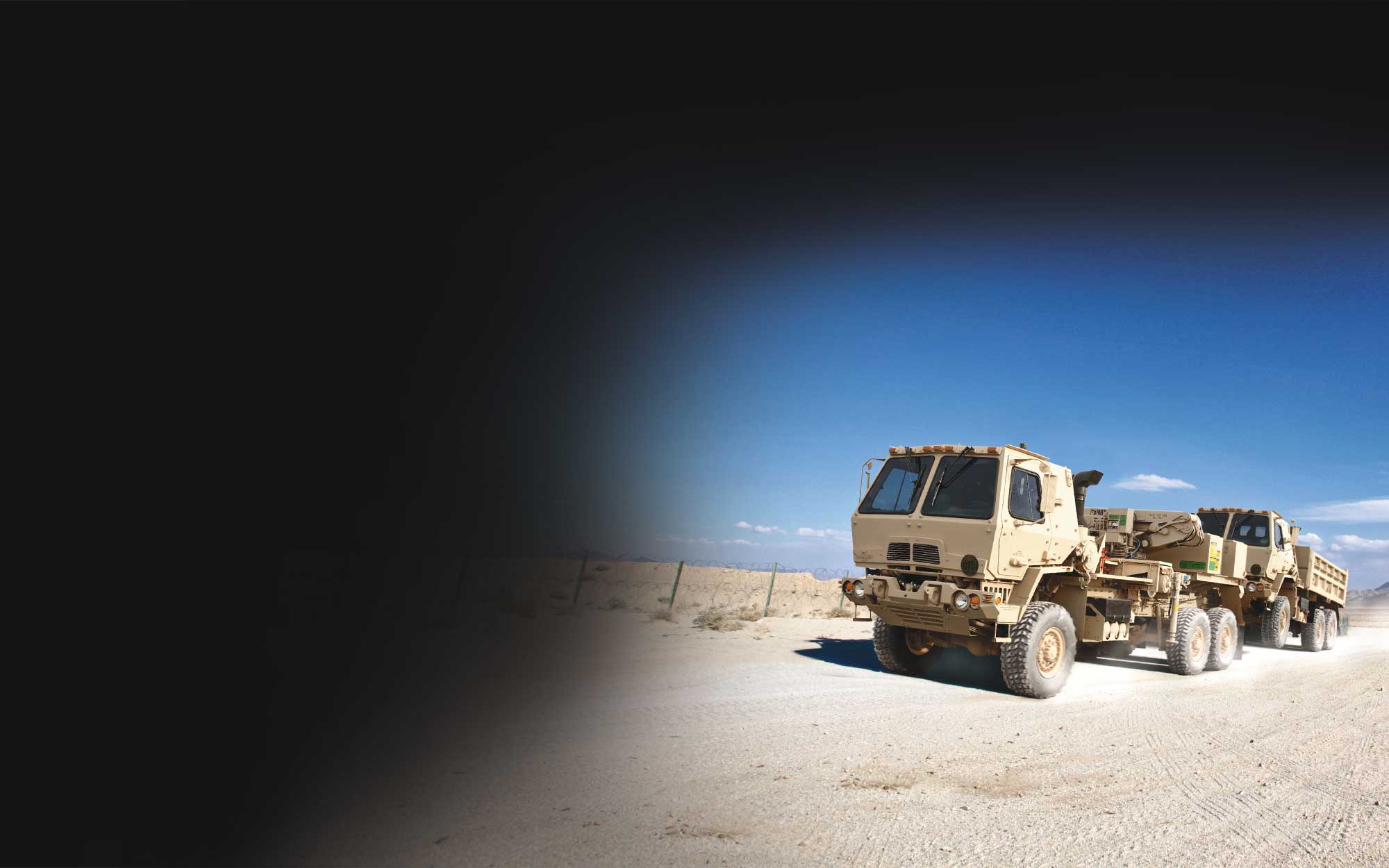Medium Tactical Vehicle Replacement (MTVR)
301 Moved Permanently. The Medium Tactical Vehicle Replacement (MTVR) is a series of vehicles, based on a common chassis that vary by payload and mission requirements. The MTVR is a purpose-designed military vehicle, although a small number of vehicles have been sold commercially for specialized operations such as wildfire fighting. Oshkosh Defense® MTVR MK36 Wrecker Performance and power for recovery missions. The Oshkosh Defense® Medium Tactical Vehicle Replacement (MTVR) wrecker offers the power and performance to lift and tow any of the MTVR family of vehicles. It can also lift and tow other vehicles up to 24.5 tons (22,226 kg) and flat tow other vehicles up to.

The Marine Corps Medium Tactical Vehicle Replacement (MTVR) Program was designed to replace the existing medium fleet with new and more advanced fleet. The MTVR, affectionately known as the '7-ton truck', was to be used as the replacement for the old 5-ton truck. The MTVR would have an increased payload of 7 tons off-road, 12 tons on-road, a high performance suspension, traction control, new engine, automatic transmission, and corrosion technology upgrades.
The MTVR program was initially a USMC program managed by the Army. The USMC had a need to replace its existing medium truck fleet with a more robust vehicle capable of carrying more payload, at a faster speed, over more difficult terrain. While the program began as a remanufacture effort for 5 Ton trucks, it evolved into the procurement of a new advanced technology vehicle carrying increased payload with added mobility and corrosion protection.
The Medium Tactical Vehicle Replacement was a cost-effective, state of the art system to replace the existing M809/M939 medium tactical trucks. The MTVR could readily negotiate terrain twice as rough as the existing fleet's capability and had a mission profile of 70 percent off road and 30 percent on-road, increased payload (7.1 tons off road and 15 tons on road), and improved cross-country speed (up to 30 mph). It was also a safer, more reliable system through extensive use of proven commercial heavy truck componentry that meets today's over the road truck safety standards.
The MTVR had anti-lock brakes and traction control, 425 turbocharged horsepower, a 7-speed automatic gearbox ducting power to 6 drive wheels and an off-road payload in excess of 7 tons. The MTVR prime mover also had a central tire inflation system (CTIS). A 729 cubic inch Caterpillar turbodiesel 6-cylinder powerplant generated 425 hp at only 1,800 rpm, plus stump-pulling torque of 1,550 pound-feet at just 1,200 rpm.
The torque was useful when hauling up to 7.1 tons of payload off-road and 15 tons on-road. The truck could climb a 60 percent slope and traverse a 30 percent side slope at 15 mph. It could keep up 5 mph on a 40 percent slope. The MTVR, which weighed roughly about 26,000 pounds when empty, pulled a German re-fueler truck during testing that weighed about 70,000 pounds fully loaded out of the mud near the BLT's Administration and Logistics Center without ever losing traction.
The planned MTVR family would consist of several variants on the basic MTVR platform for use with different taskings, but were not expected to enter service all at the same time. The Marine Corps mostly concentrated on the short-bed Mk 23/Mk 25 models, while most Seabee variants would instead be based on the long-bed Mk 27/Mk 28 variants for general-purpose cargo and hauling. The additions of the Mk 29/Mk 30 dump trucks and Mk 36 wrecker would then follow.. A fifth-wheel tractor, for pulling trailers and other heavy equipment, was also placed in development. The dump truck and wrecker maintained maximum commonality with the basic MTVR cargo chassis while performing their unique mission. The dump trucks and wrecker began fielding in October 2004. Fielding of dump and wrecker was to be completed by September 2005. The Mk 37, a variant of the standard cargo truck, with a materiel handling crane, designed specifically to support the High Mobility Artillery Rocket System (HIMARS), began fielding in FY04. Fielding of the Mk 31 fifth-wheel tractor began in December 2006.
Mk 36 Wrecker Technical Manual Transmissions
The Mk 27/28 MTVR Extended Bed (XL) was designed to manhandle the biggest jobs in the Seabee inventory. The 184.5-inch wheelbase alone was nearly identical to the overall length of a HMMWV. The short bed MTVRs still had a generous 314.9 inches and could seat three in the cab including the driver.

Creature comforts figured prominently among the MTVR's upgrades. Improved ride quality was due in large part to the 4-corner independent suspension with unequal-length upper and lower control arms, shocks, coil springs, and fore and aft stabilizer bars. The driver's seat had its own suspension to provide additional filtration of moguls and road imperfections, and the cab sealed well from the elements.
The truck had the capability to be airlifted, to break it down to 98 inches in height during aircraft embark practice. In order to trim nearly 3.5 feet off the vehicle, the exhaust stack, air intake, and the top of the doors could be removed. Then the entire aft portion of the cab folded up into the roof, which then folded forward over windshield, and the entire package then folded down onto the hood. The breakdown could be done in about 30 minutes at an average pace, but could probably be done in about 20 minutes.
The MTVR training course initially lasted one-week . It included 2 days of classroom familiarization on performance and capabilities, and hands-on training with the 'collateral gear,' such as jacks, dealing with the bows and tarp over the cargo area, the winch and so on. In addition, it covered all the work tasks the vehicle could accomplish. Marines also conducted training exercises on counter ambush techniques while at the same time engaging targets with .50 cal machine guns from Medium Tactical Vehicle Replacement (MTVR) and High Mobility Multi-Purpose Wheeled Vehicles (HMMWV).
| Join the GlobalSecurity.org mailing list |